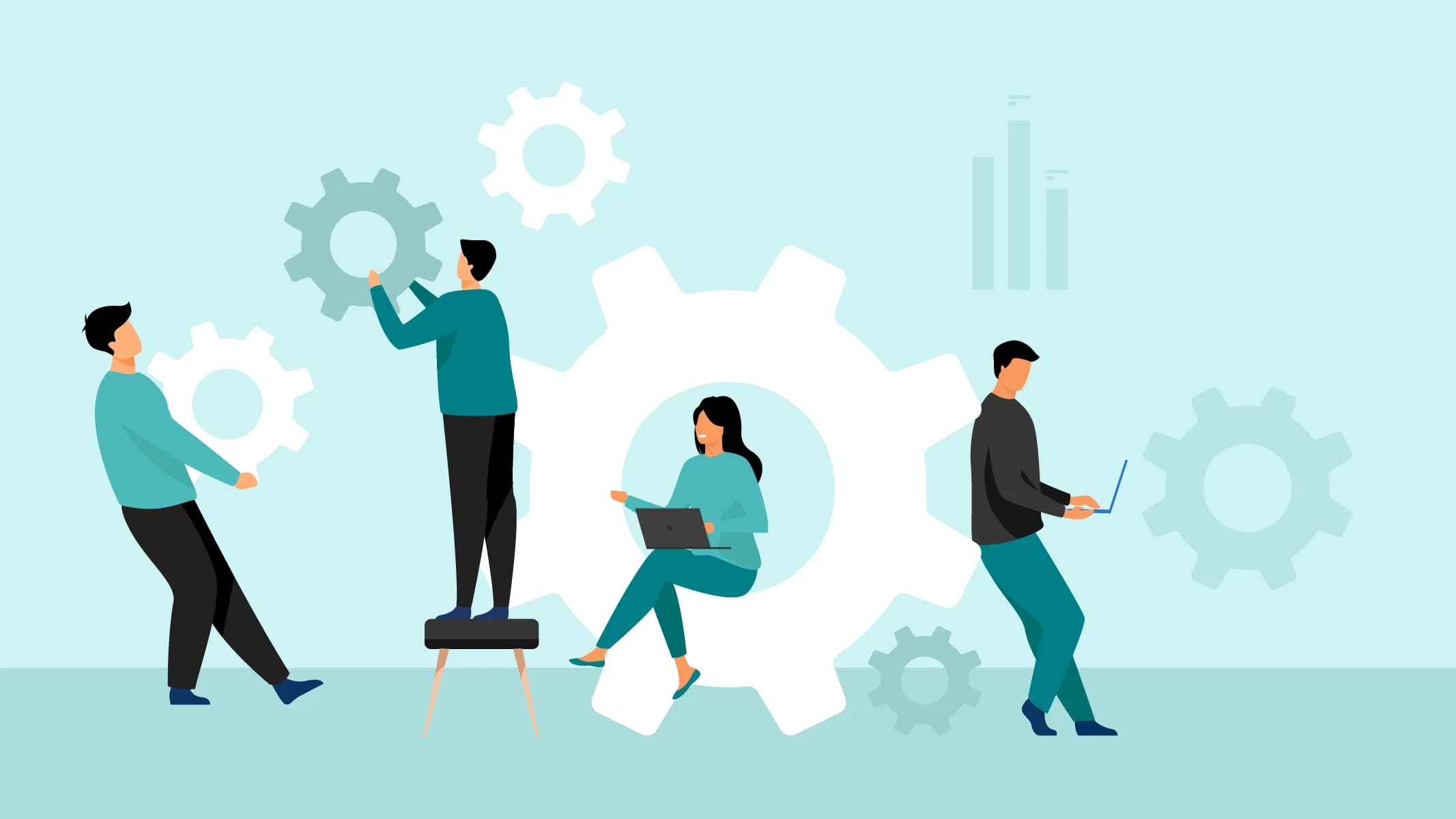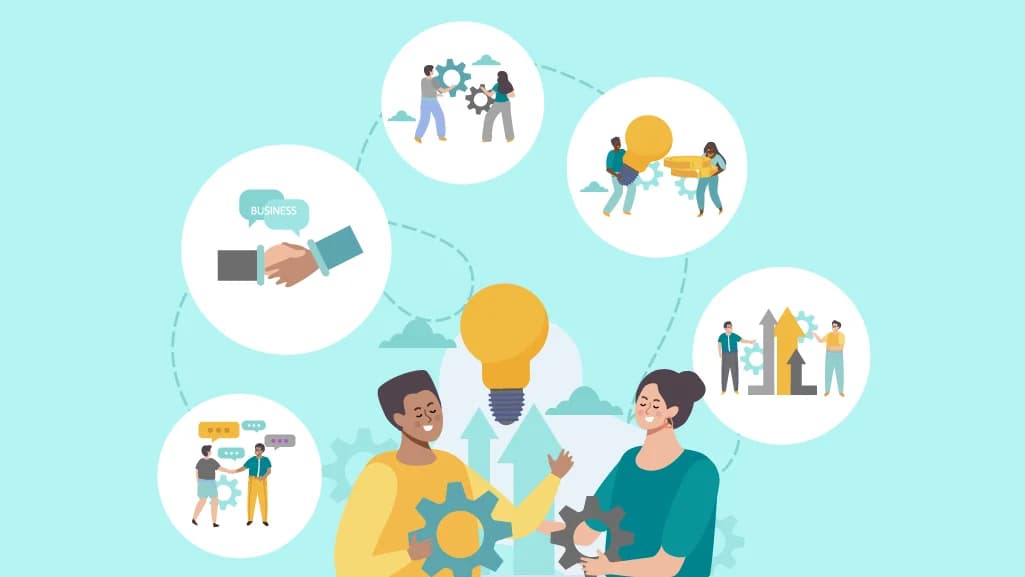5 Causes of the Second-Year Slump in Engagement and How to Prevent It

Team AdvantageClub.ai
November 18, 2025

The first year on the job usually feels like a fresh start, new faces, new challenges, and plenty to learn. Most employees come in motivated and eager to prove themselves. But the excitement that once fueled their work can level off, and a quiet dip in enthusiasm may begin to show. It’s subtle at first: a bit less curiosity, a little more routine, and sometimes a growing sense of “What’s next for me here?” This is what happens in many organizations: slump in second-year employee engagement. It’s more common than people realize and can lead to stalled growth, slipping performance, or even early turnover if it goes unnoticed. And the reasons aren’t always obvious: maybe recognition fades once onboarding ends, maybe the path forward looks unclear, or maybe the employee simply feels less connected than before.
The second-year employee engagement slump is completely preventable. With thoughtful long-term engagement strategies and timely support, employers can help employees maintain momentum long after the “new hire” phase has passed. AI engagement platform, AdvantageClub.ai, makes it easier to spot early signs of mid-tenure disengagement and create personalized recognition and retention experiences that truly resonate.
5 Causes of the Second-Year Employee Engagement Slump and How to Prevent It
Here’s how HR teams can surface early signals before they evolve into broader morale challenges.
1. Lack of Early Engagement Signals and Detection
Why Mid-Tenure Disengagement Happens
After the onboarding excitement fades, employees can feel invisible. Contributions that once drew attention may go unnoticed, and small frustrations accumulate. Subtle cues such as withdrawn participation, muted enthusiasm, or declining collaboration can quietly evolve into disengagement if left unchecked.
How to Detect Early Disengagement
Here’s how HR teams can surface early signals before they evolve into broader morale challenges:
- Leverage AI-powered engagement insights to track sentiment shifts across teams and time periods.
- Use pulse surveys and engagement tracking to detect emerging dips in morale.
- Monitor visibility and recognition gaps to ensure consistent acknowledgment.
- Track participation in communities or optional initiatives as an indirect measure of sustained employee motivation.
Actionable Tip: Review weekly dashboards to spot early engagement signals. Early detection allows HR teams to intervene proactively, through recognition, support, or guidance, before performance or morale declines. Use real-time data insights with ADVA to automatically surface early engagement changes.
2. Insufficient Recognition and Appreciation in Year Two
The Recognition Gap
Recognition often peaks during onboarding and early milestones, then fades as employees settle into their roles. When ongoing efforts go unacknowledged, employees feel overlooked, especially when their work becomes more complex or less visible.
Strategies to Sustain Motivation
- Implement real-time recognition to reinforce effort and progress consistently.
- Connect recognition moments to team goals or customer impact to make appreciation more meaningful.
- Celebrate small but meaningful wins, innovation, collaboration, and mentorship.
Actionable Tip: Analyze recognition trends to identify which moments most influence employee retention and morale. Regularly highlight these examples for sustained employee motivation. Allocate rewards autonomously through agentic AI to make recognition effortless.
3. Limited Career and Growth Visibility
Why Uncertainty Drives Mid-tenure Disengagement
By year two, employees start evaluating their future. Ambiguity about growth paths, lateral or vertical, can create uncertainty and lower commitment. Even high performers may lose motivation if they can’t visualize what’s next.
Building Transparency and Confidence
- Provide clarity on career pathways and advancement timelines.
- Use analytics & reporting to identify employees expressing growth interest and match them with new challenges.
- Align recognition with career milestones such as skill mastery, leadership moments, or project completions.
Actionable Insight: When employees can see their future within the organization, they stay engaged, confident, and ready to contribute long-term.
4. Insufficient Personalization in Engagement
Why Generic Approaches Don’t Work
Personalizing Recognition and Connection
- Use human-centric product design to tailor recognition experiences to individual preferences.
- Segment employees by sentiment, tenure, or team to deliver targeted specific engagement nudges.
- Ensure engagement equity across departments, time zones, and work types.
- Equity in recognition ensures no team or region feels left behind, especially in hybrid or distributed workplaces.
Actionalble insights: Agentic AI offers instant preference detection to personalize gifting and redemption. ADVA handles the redemption, remembering past brand choices to make the experience seamless.
Personalization signals genuine care, helping employees feel seen, heard, and valued beyond their job title.
5. Overlooking Retention and Turnover Risks in Year Two
Why Year Two Is a Critical Retention Window
Employee retention in year two is critical for long-term retention. Even high performers may consider leaving if they feel undervalued, unrecognized, or uncertain about their future. Attrition at this stage affects productivity, team cohesion, and overall morale.
Proactive Retention Strategies
Rather than focusing on detection, emphasize actionable responses to insights already gathered:
- Leverage insights from predictive analytics to design targeted retention initiatives, such as re-engaging high performers through recognition, meaningful projects, or growth-aligned opportunities.
- Track retention impact metrics and correlate with recognition patterns to identify where interventions will be most effective.
- Apply data-driven insights to reinforce engagement through tailored acknowledgment, flexibility, or collaborative initiatives.
- Recognize resilience, adaptability, and cross-functional collaboration and not just results, to strengthen loyalty and demonstrate holistic appreciation.
Actionable Tip: When organizations act swiftly on engagement insights, they transform predictive data into tangible loyalty outcomes. Small moments shape how employees feel about where they belong. When organizations consistently show up in these moments, loyalty grows and engagement and retention follow.
Year Two Can Be a Turning Point for Deeper Engagement
The second year doesn’t have to be a dip in an employee’s lifecycle. It can actually be the point where employee engagement becomes stronger, with employees feeling more understood, supported, and committed. Employee engagement fuels retention. By identifying early signals, sustaining recognition, personalizing rewards, and strengthening emotional connection moments, organizations can build lasting engagement that grows stronger over time.
AdvantageClub.ai helps teams make this real, not by adding more tasks, but by removing friction and activating meaningful connections at scale through Agentic AI. When employees feel seen, valued, and supported, year two becomes not a slump but a launchpad.





